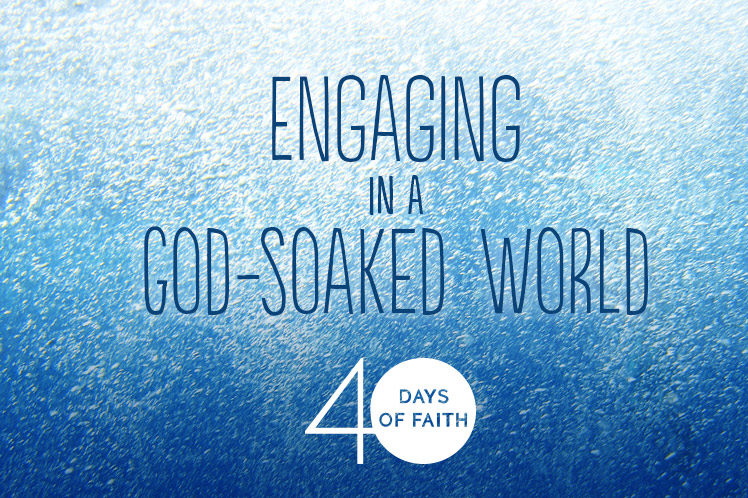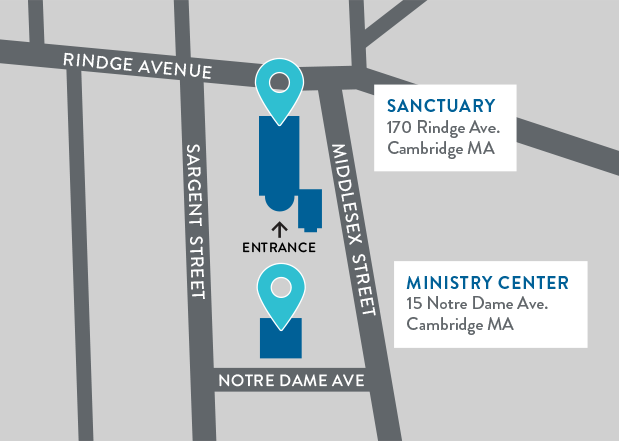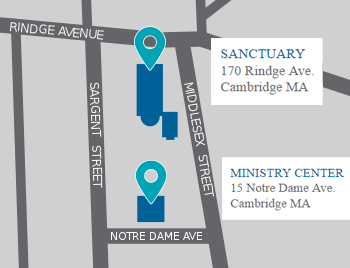Blog

Daily Bible Guide 2017 – Introduction
March 5, 2017
Welcome to our annual Bible guide. Since our church’s inception, we’ve promoted regular, systematic Bible reading as part of a series of practices that help us follow Jesus and find increasing life, hope, joy, peace, and purpose as we do so. It’s not because the Bible is a perfect or easy book. In fact, it’s not really a book at all. It’s a collection of letters, prayers, ancient historical documents, memoirs, poems, and more written by dozens of people over several centuries.
As noted by writer Mike McHargue, the Bible is “at least a collection of books and writings assembled by the Church that chronicle a people group’s experiences with, and understanding of, God over thousands of years.” McHargue goes on to say, “Even if that is a comprehensive definition of the Bible, study of scripture is warranted to understand our culture and the way in which people come to know God.” (http://mikemchargue.com/blog/2015/3/24/axioms-about-faith)
Now neither Mike McHargue nor I are saying this is all the Bible is. The Bible is also our earliest and best witness to the person of Jesus of Nazareth. It’s the text by which God has seemed to speak again and again to so many historical communities and to so many of us as well. It’s been used to justify terrible acts and ideologies but it’s also been a source of enormous comfort and inspiration as well.
However, as a library of thoughts and experiences with God, the Bible is – in my opinion – unmatched. It’s a reservoir of stories and ideas about people’s experience of God with us. And in this year’s Bible guide, we’ll tap this reservoir to see what it has to offer to each of us.
Our church has produced these Bible guides annually for more than a dozen years. Most years we take a different, single section of the Bible and read it over six weeks. This year, we’ll survey the Bible as a whole, more or less from beginning to end, with a particular theme in mind – just how is it that people experience God present in the world, and how do they then engage with God?
One of the most radical assumptions of the Hebrew scriptures, known to Christians as the Old Testament, is that a transcendent, creator God takes a particular interest in human affairs and can be known personally by humans. In the New Testament, the portion of the Christian Bible written in the century following the life of Jesus, this claim is intensified. The writers all indicate that God is uniquely present in the person of Jesus and can be spiritually experienced and connected with even after Jesus’ life in Palestine ended.
This year’s Bible guide attempts a survey of these experiences and claims. We’ll take a quick tour through some of the Bible’s most famous and most interesting accounts of people’s interactions with God. And we’ll ask what seemed to happen in those moments, and what might they mean for us today? In a world where God seems more present and real at some times and not at others, what kind of connection with a living God can we expect? When some people report regular and powerful spiritual experiences and others few to none, how can all of us who want to experience a more personal and vital connection to a living God?
Our first two weeks of this guide will look at some experiences recorded in the Hebrew scriptures – moments when people experienced their world as suddenly God-soaked. In our third week, we’ll read a few psalms together. The psalms are the Bible’s ancient prayer book, which models engaging with God in all times and moods and circumstances.
In our fourth and fifth weeks, we’ll examine some stories and teachings from the life of Jesus. These will be interactions people witnessed Jesus having with God, or times when people’s interaction with Jesus forged a connection with God, or things Jesus had to say about knowing God. And in our final week, we’ll look at a few things that Jesus’ first century followers had to say about experiencing God with us, in the wake of the life and teachings of Jesus.
Each day we’ll present you with a different short passage, this year in the New Revised Standard Version, followed by three sections:
- Points of Interest—a handful of comments, which include literary or historical notes as well as impressions, thoughts, questions, and reactions. These aren’t meant to be exhaustive or authoritative, but simply to give you some more perspective to work with as you ponder the passage yourself.
- Spiritual Exercise—every day, there will a takeaway summary thought and a short exercise to try. These actions, meditations, and activities might be the most valuable part of the guide, where we see if God can soak into our experience through the day’s passage.
- Prayer Prompt – a suggested prayer. These invitations will focus on the prayers for others we encourage people to try during this season:
- For your six: Consider six of your favorite people, people you interact with on a regular basis, who don’t seem to have much of a direct connection to God and for whom you are very much rooting. What does this passage have to say to them, or to you about them?
- For our church: How can we apply the passage corporately as a faith community?
- For our city: What does the passage say to or about our entire city?
The Daily Bible Guide, while it can certainly be a standalone product, is designed to be one component of a bigger package called 40 Days of Faith – a six-week faith experiment that includes sermons, community group discussions, further prayer exercises, and more. You can learn more about the full 40 Days of Faith in this year’s User’s Manual, available on the campus and at the website of Reservoir Church. And the Bible guide itself is available in various forms: paper, blog, and podcast. Look online at www.reservoirchurch.org.

